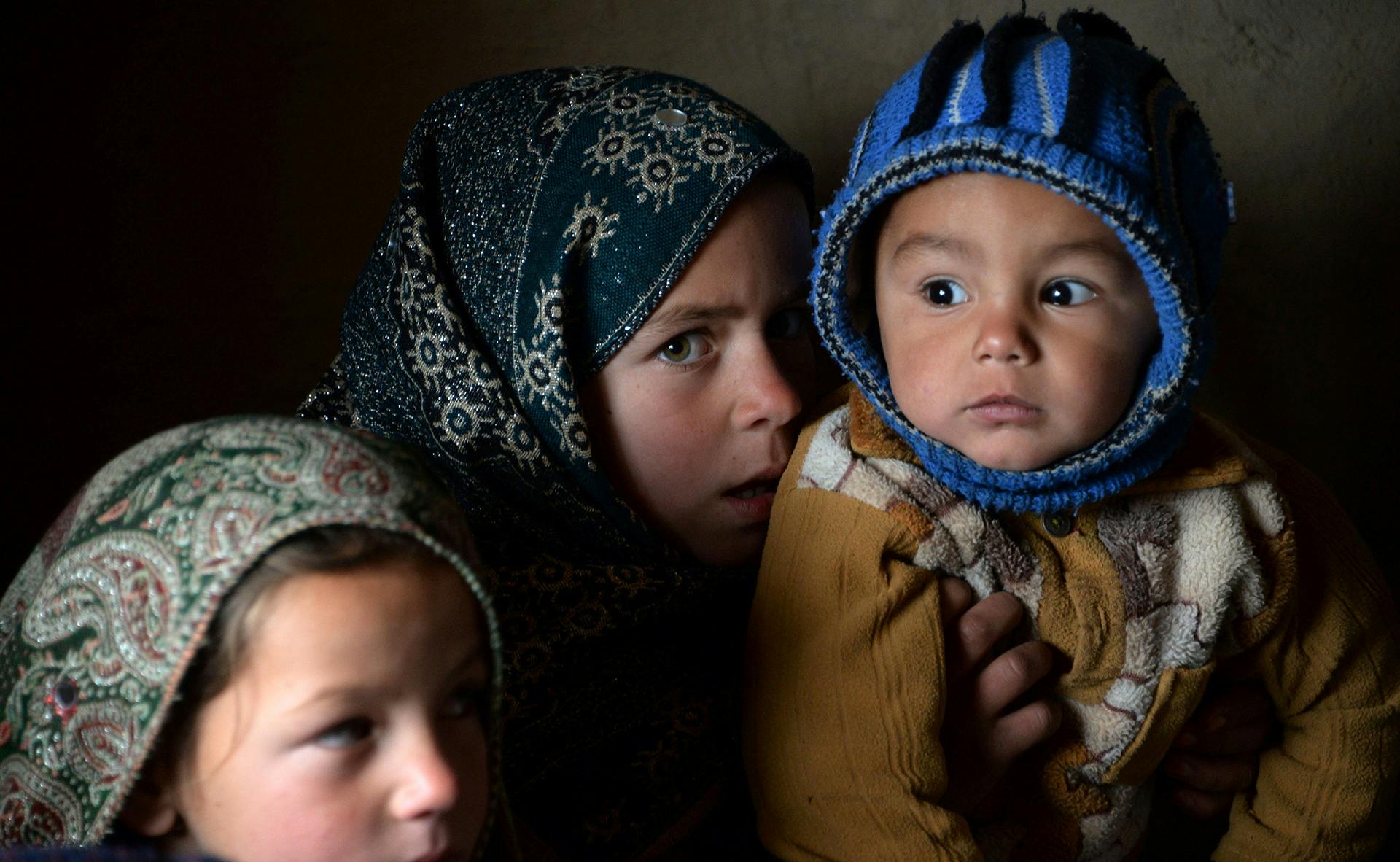Current climate science predictions estimate the number of displaced people due to climate change, or climate refugees, at 250 million by 2050. Dire as that is, it's only part of the problem. There's another demographic in the crosshairs of climate change: "trapped populations." As a 2016 study in Regional Environmental Change that looked at trapped populations in Zambia summed it up, "among those most vulnerable to climate change are populations that are actually or potentially trapped in place by deep and persistent poverty, the financial (to say nothing of the psychic) costs of migration, and the fact that climate change will further undermine already fragile economic livelihoods."
Trapped populations, also known as climate hostages, could reach 140 million by 2050, according to the World Bank. That puts the total number of affected people at nearly 400 million. The trapped populations, though, will require a different type of solution than the climate refugees. Since climate refugees will be able to flee, they will require help finding a new home. Trapped populations are stranded where they are and will need evacuation.
Many of these vulnerable populations reside in small island nations that will lose large areas of land to rising sea levels. Changing rainfall patterns creating desertification or extreme drought can also strand populations that depend on the land, which is what happened in the Sahel region of Africa in the 1980s. Drought in the area caused major problems for the inhabitants. The economy was based on livestock, which requires a lot of water and is often killed off by drought. Those who wished to migrate could not do so: they were unable to sell their livestock to pay for migration.
Because Central America is near the equator, where the water is warmer, and is a relatively narrow strip of land between two oceans, it's particularly vulnerable to ocean rise. A 2011 field study of the city of Cabricán, Guatemala, looked at when migration is used as a risk management solution and that how that depends on rain variability and food insecurity. The study found that "migration decisions which seem to be mainly caused by economic considerations are usually influenced by rainfall patterns and their impact on rain-fed agricultural production." At least one-quarter of the households in the study had a member that had migrated, usually to the United States, in order to reduce economic risk factors for the family. The remainder of the families stayed in Cabricán and altered food production strategies to assist in risk management and food insecurity issues, hoping the migrating family member could find work and send back some income.
The 2016 Zambia study looked at migration as a climate change adaptation. They found that the subsistence conditions of the population were already barely survivable. Given their dependence on maize (aka corn), which is very climate-sensitive, it is highly unlikely they could afford to move in order to adapt.
Trapped populations are not unique to the developing world. Hurricane Katrina hit New Orleans in 2005 and flooded 80 percent of the city and surrounding areas. Tens of thousands were trapped where they were, and the death toll for the entire storm topped 1,800. Evacuation is costly, and many of those with the resources to do so had left before the hurricane arrived. However, many of those that did not evacuate were poor, African American, elderly, or without their own transportation.
There are other variables that affect the ability of trapped populations to move, most notably conflict, and there is a small fraction of those who voluntarily stay. However, there is still a large number of people who are involuntarily immobile, due mostly to poverty. The most vulnerable are the most likely to become climate hostages and be marginalized by stretched resources as humanitarian crises multiply in the wake of climate change. International migration policies need to create a classification for climate refugees, while internal policies need to allot resources to assist those who are unable to migrate on their own.











